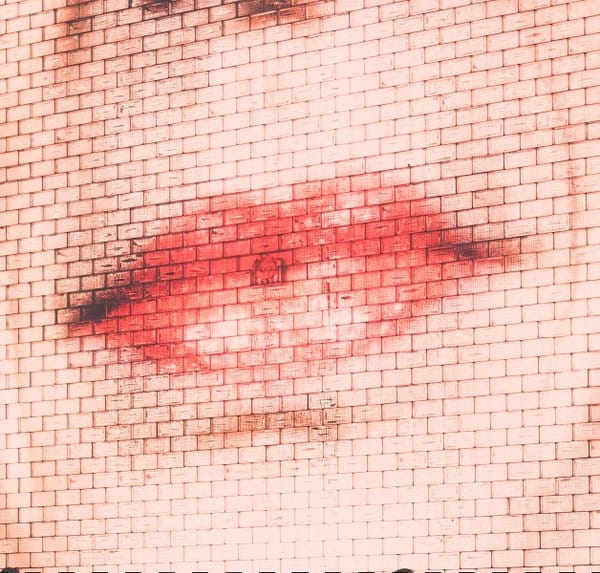Demodex mites, those microscopic inhabitants of our skin, are a fascinating yet often troublesome part of our microbiome. While these tiny arachnids are usually harmless, an overgrowth can lead to various skin issues. But what happens when these mites start to die off? Understanding the signs of their demise can be crucial for those battling mite-related skin conditions.
Key takeaways:
• Demodex die-off can cause temporary worsening of symptoms
• Skin texture improvements are a positive sign of mite reduction
• Eye-related symptoms may improve as mites decrease
• Die-off symptoms typically last a few weeks
The Demodex dilemma: When mites multiply
Demodex mites are a normal part of our skin fauna, but problems arise when their population explodes. This overgrowth can lead to conditions like demodicosis, rosacea, and blepharitis[2]. Understanding the life cycle of these mites is crucial to recognizing when they're on the decline.
Demodex mites have a short life span of about 2-3 weeks. They mate on the skin surface and lay eggs in hair follicles and sebaceous glands[2]. As treatments begin to take effect, you might notice some surprising changes in your skin.
The paradoxical flare-up: When things get worse before they get better
One of the first signs that Demodex mites are dying off is, counterintuitively, a worsening of symptoms. This phenomenon, often called a "die-off reaction" or Herxheimer reaction, occurs as the mites break down and release toxins[1].
During this phase, you might experience:
• Increased redness and inflammation
• Temporary increase in itching or burning sensation
• Slight swelling in affected areas
While uncomfortable, this phase is actually a positive sign that treatment is working. It typically lasts for a few days to a week.
Texture transformation: Smooth sailing ahead
As the mite population decreases, one of the most noticeable changes is in skin texture. The "sandpaper" feel often associated with Demodex overgrowth begins to smooth out[1]. This improvement is due to:
• Reduction in inflammation
• Decreased clogging of pores
• Normalization of skin cell turnover
You may notice your skin feeling smoother to the touch and looking less bumpy or pitted. This change is often gradual but becomes more apparent as treatment progresses.
Ocular improvements: A clear view of progress
For those dealing with ocular rosacea or blepharitis related to Demodex, the eyes can be a clear indicator of mite die-off. As the mite population decreases, you might experience:
• Reduced redness and irritation in and around the eyes
• Decreased crusting on eyelids
• Improved comfort when wearing contact lenses
• Reduction in the feeling of having something in your eye[2]
These improvements can significantly enhance quality of life for those who've been struggling with eye-related symptoms.
The itch that fades: Crawling sensations subside
One of the most distressing symptoms of Demodex overgrowth is the sensation of something crawling on or under the skin. As mites die off, this unsettling feeling typically diminishes[4]. You may notice:
• Decreased nighttime itching or crawling sensations
• Reduced urge to scratch or rub affected areas
• Improved sleep quality due to less irritation
This reduction in sensory symptoms can be a huge relief for those who've been battling persistent discomfort.
Conclusion: The light at the end of the tunnel
While the process of Demodex die-off can be uncomfortable, it's a necessary step towards healthier skin. The signs of mite die-off, from the initial flare-up to the gradual improvement in skin texture and comfort, indicate that treatment is working. It's important to remember that this process takes time, typically a few weeks to a few months, depending on the severity of the infestation.
As you navigate this journey, consider these tips:
• Stick to your treatment plan as prescribed by your healthcare provider
• Keep your skin clean but avoid harsh scrubbing
• Be patient and consistent with your skincare routine
• Monitor your symptoms and report any concerns to your doctor
Understanding the signs of Demodex die-off can help you stay motivated during treatment and recognize when you're on the path to clearer, healthier skin. 🦠
Are you experiencing symptoms of Demodex overgrowth? Consult with a dermatologist to discuss potential treatments and learn more about managing mite-related skin conditions.













Member discussion